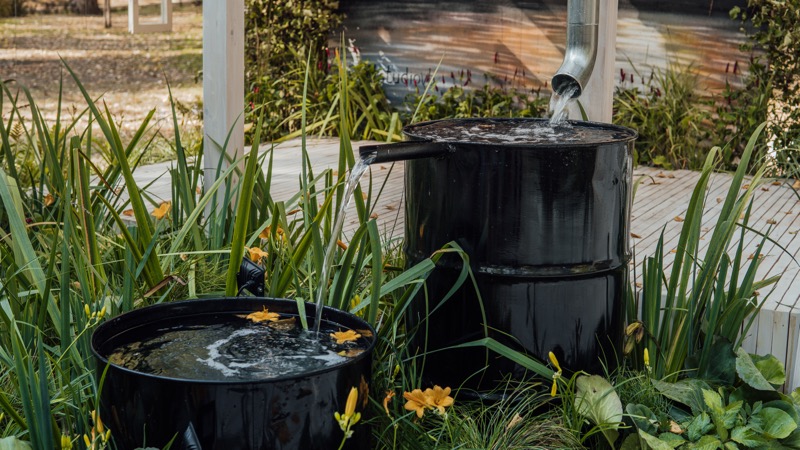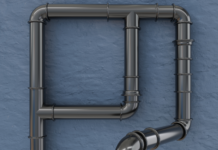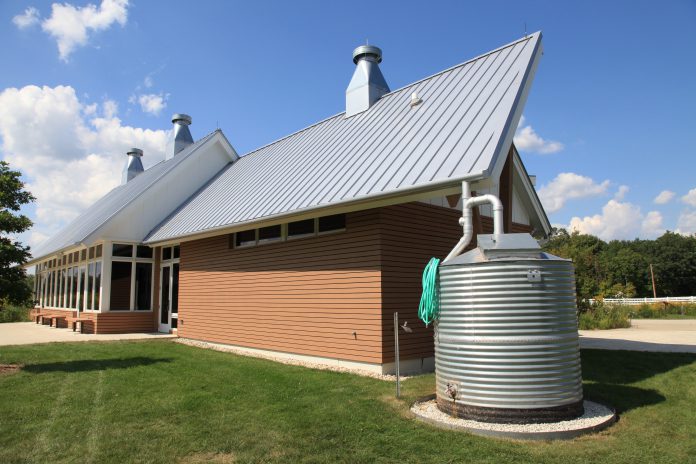Rainwater has a variety of uses around the house. If you have the time and adequate space, you might even want to consider collecting rainwater for home and landscaping purposes. Doing so can help save money and conserve water in the long run.
Depending on the amount of rainfall in your area, you might be able to gather enough for all your needs. Thus, selecting the suitable collection method that best suits your lifestyle can work to your advantage. To help you out, here are some effective ways to collect rainwater.
1. Barrel Systems Or Cisterns
A rain barrel can accommodate up to 50 gallons of rainwater. If you want to get the most rainwater when it rains, you should place one under a downspout or leave it out in an open space near your garden or lawn. Most water tanks have diverters that fit right in the center of a downspout and connect straight to the barrel. This helps sieve out any debris and prevent possible runoff from reaching the foundation of your house. Also, there are water tanks that have a screen at the top of the barrel, which will come in handy in keeping out animals and debris.
This being said, according to The Water Tank Factory, if you want to make rainwater collection efficient, you should consider getting the right water storage tank.
If you plan to use the rainwater to water your plants and you find it a hassle to move back and forth with a watering can, you should consider attaching a hose to your water tank. Position the barrel slightly higher than the ground since gravity is responsible for forcing water to a can or hose.
2. Using A Tarp
An alternative method to collect rainwater is using a tarp. All you have to do is transform a tarp into a rain catcher, and it’ll provide an additional source of water for your garden.
One method is to drape a tarp over a sloping structure such as the roof of a tool shed. Make sure that you have barrels to catch the water at all corners. As rain falls, the water strikes the tarp and flows off into the barrels. Don’t forget to cover the barrels with screens to keep debris and insects out.
3. Wet System
The wet collection system involves the placement of pipes under the ground to link several downspouts from different gutters. The rainwater will eventually fill the underground pipes, and the water will rise in the vertical piping until they spill into the storage tank.
To ensure the efficiency of the system, make sure that the underground pipes and downspouts have watertight connections. As for the elevation of the tank inlet, it should be below the lowest gutter. An advantage of this collection system is that it can gather rainwater from the entire surface of your home while you can position the storage tank away from your home.
4. Dry System
This collection method is similar to a rain barrel setup but involves an enormous storage volume. In a dry system, the pipes from the gutters run straight into the tank instead of traveling underground first. So, it’s a suitable choice for properties where the tanks are close to the house, and the appearance of pipes feeding into the tank isn’t a cause of concern. Generally, the collection pipe dries up after a rain session since it empties straight into the top of the tank.
An advantage of this collection method is it’ll allow you to store large amounts of rainwater, not to mention that it’s easy to assemble and maintain. It’s also the ideal choice for areas that receive frequent rainfall.
5. A Green Roof Or Living Roof
A green roof system or living roof manages rainwater runoff by delaying the flow of water. The system can also keep the rainwater clean.
When creating a roof garden, you need to place a liner to protect the roof and install a drainage system for the excess runoff, which moves into a storage tank or barrel. As for the plants, make sure that they’re of the low-maintenance varieties.

6. Pond And Pans
If you want a small reservoir for rainwater, you might consider a pond or pan that isn’t more than 3 meters deep. Most have elevated and compacted banks all around. Ponds and pans can collect and store runoff water from different surfaces.
7. Rain Garden
For those who have adequate space on their property, a rain garden might be a good choice. It’s a recessed area that utilizes local plants and mulch to eliminate pollutants from the water and seep into the ground.
Aside from the aesthetic aspect that it imparts to your outdoor space, it also positively impacts the environment.
Conclusion
If you’re eager to start collecting rainwater, there are several collection methods you can use. Whether you’ll choose the dry collection method or the rain barrel method, you can tackle the task if you have the tools and skills or hire a professional plumber to handle the job for you. Doing so will help save on monthly bills while having a source of water that you can count on when needed.










































